Choisir le bon éclairage de parc de jardin Ce projet exige un équilibre entre fonctionnalité, esthétique et durabilité, tout en s'adaptant aux caractéristiques paysagères uniques du parc et aux besoins des usagers. Il ne s'agit pas d'une approche universelle, mais d'une mise en œuvre progressive, en cohérence avec les objectifs fondamentaux.
1 : Clarifier les objectifs principaux et les besoins des utilisateurs
Tout d'abord, définissez l'objectif principal de l'éclairage, car il détermine l'orientation de l'ensemble du projet. Des besoins différents conduisent à des orientations de conception totalement différentes.
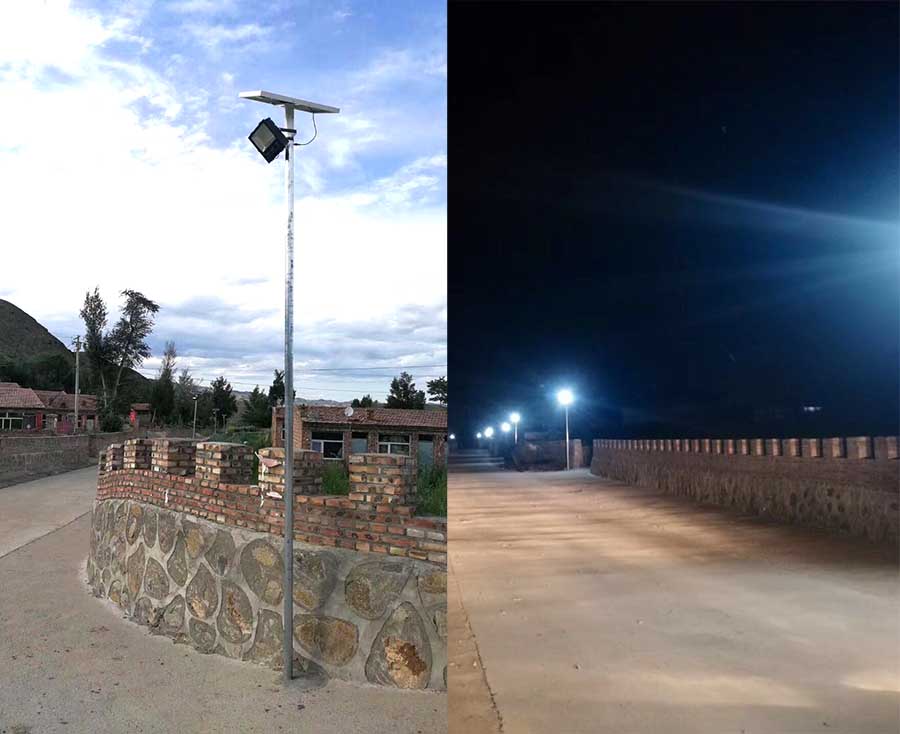
Priorité à la sécuritéSi le parc est principalement utilisé pour la promenade nocturne, le fitness ou les activités parents-enfants, privilégiez un éclairage uniforme pour les allées, les escaliers et les places. Évitez les coins sombres pour éviter les risques de trébuchement et autres dangers.
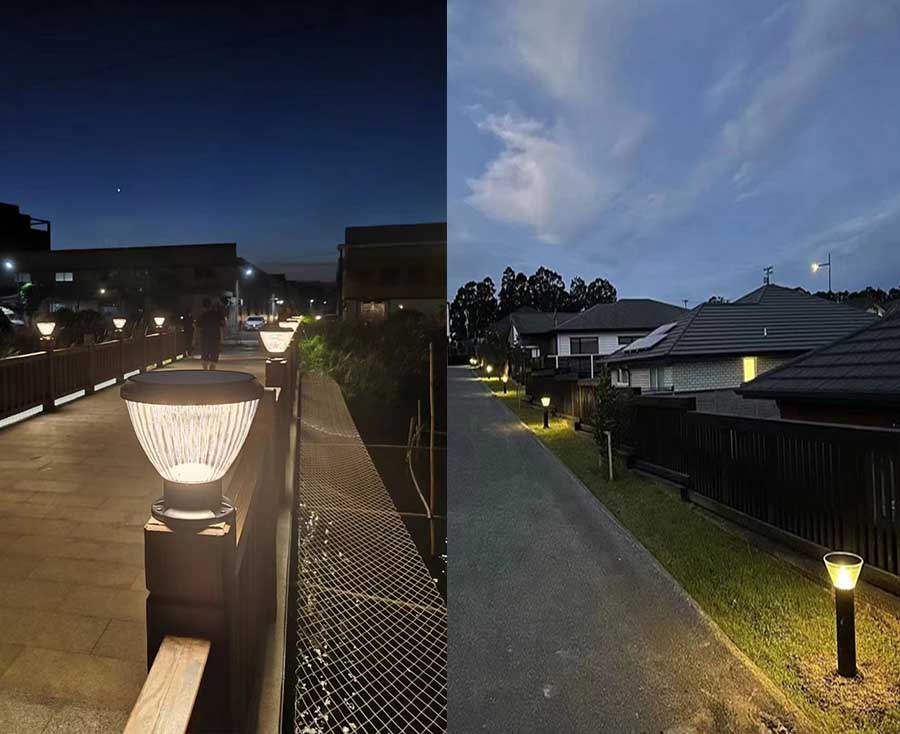
Création d'atmosphèrePour les parcs pittoresques ou les jardins à thème romantique, concentrez-vous sur l'art de la lumière et de l'ombre : utilisez un éclairage doux et dynamique pour mettre en valeur les paysages comme les jeux d'eau, les sculptures ou les parterres de fleurs, et évitez les lumières trop vives qui brisent l'ambiance.
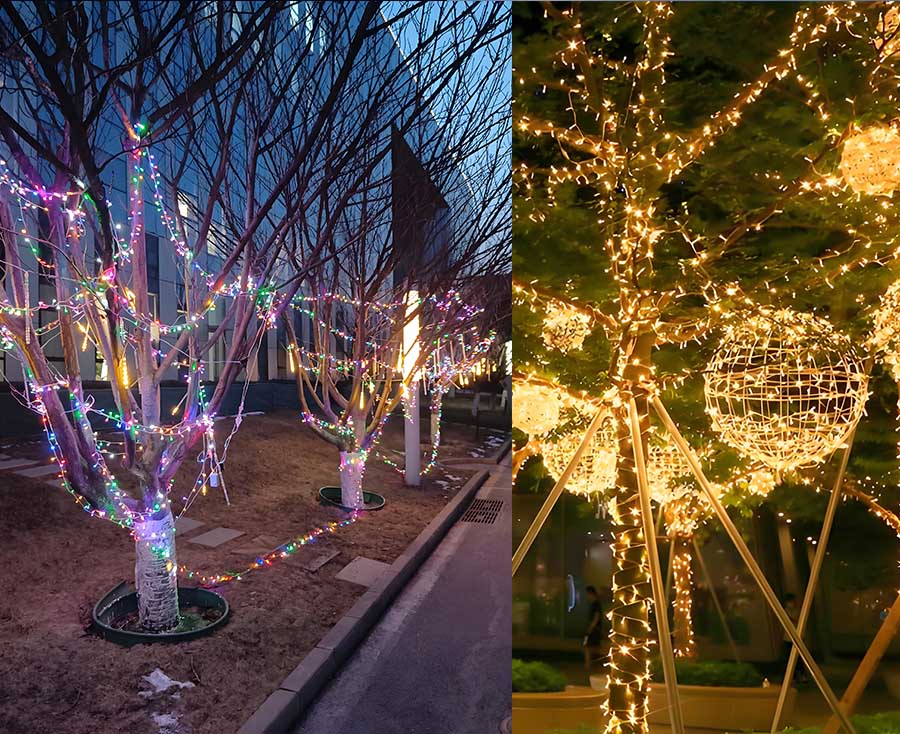
Combinaison fonctionnelle et décorativePour des parcs communautaires complets, il faut trouver un équilibre entre les deux.
Assurez la sécurité de base du chemin tout en ajoutant des éléments décoratifs (par exemple, des guirlandes lumineuses sur les arbres) pour améliorer l'ambiance de loisirs.
2 : Adaptez l'éclairage aux éléments du paysageDifférents éléments du paysage nécessitent des méthodes d’éclairage ciblées pour mettre en valeur leurs caractéristiques sans provoquer de confusion visuelle.
| Élément de paysage | Type d'éclairage recommandé | Exigences clés |
|---|
| Chemins et allées | Éclairage de chemin, éclairage à borne basse | Hauteur : 0,8–1,5 m ; Lumière : Douce, non éblouissante ; Espacement : 3–5 m (veiller à l'absence de zones sombres) |
| Jeux d'eau (fontaines, lacs) | Lumières sous-marines, projecteurs | Indice d'étanchéité ≥ IP68 (pour l'immersion) ; utilisez des LED à changement de couleur pour améliorer la dynamique de l'eau |
| Arbres et plantes | Spots de sol, guirlandes lumineuses | Pour les grands arbres : éclairage vers le haut (mettre en valeur les troncs/canopées) ; pour les arbustes bas : éclairage au sol de faible puissance (éviter la surexposition) |
| Sculptures et architecture | Projecteurs, lumières de projection | Utilisez 1 à 2 spots (angle de faisceau de 30° à 60°) pour mettre en valeur les textures ; évitez un éclairage complet (laissez des ombres partielles pour la profondeur). |
| Places et aires d'activités | Projecteurs, plafonniers | Luminosité : 100–200 lux ; couverture uniforme (pas de points lumineux irréguliers) ; intensité variable (réduction de la luminosité en dehors des heures de pointe) |
3 : Adhérer aux principes d'économie d'énergie et d'environnement
L’éclairage durable réduit les coûts d’exploitation à long terme et minimise la pollution lumineuse.
- Choisissez des sources lumineuses efficaces : Privilégiez les lumières LED—elles ont une efficacité énergétique 80 % supérieure à celle des ampoules à incandescence et une durée de vie de plus de 50 000 heures, ce qui réduit la fréquence de remplacement.
- Adoptez des commandes intelligentes : installez des capteurs de lumière (allumage automatique au crépuscule, arrêt automatique à l'aube) et des capteurs de mouvement (augmentation de la luminosité lorsque des personnes/véhicules passent, atténuation de l'intensité au ralenti) pour réduire la consommation d'énergie inutile.
- Évitez la pollution lumineuse : utilisez des luminaires protégés (empêchez la lumière de se diffuser vers le haut) et contrôlez la luminosité, par exemple, maintenez la luminosité de l'éclairage du chemin ≤ 50 lux pour éviter de déranger les résidents ou la faune à proximité.
4 : Tenir compte des facteurs pratiques (installation et maintenance)
Le projet doit être réalisable pour une utilisation à long terme et pas seulement visuellement attrayant.
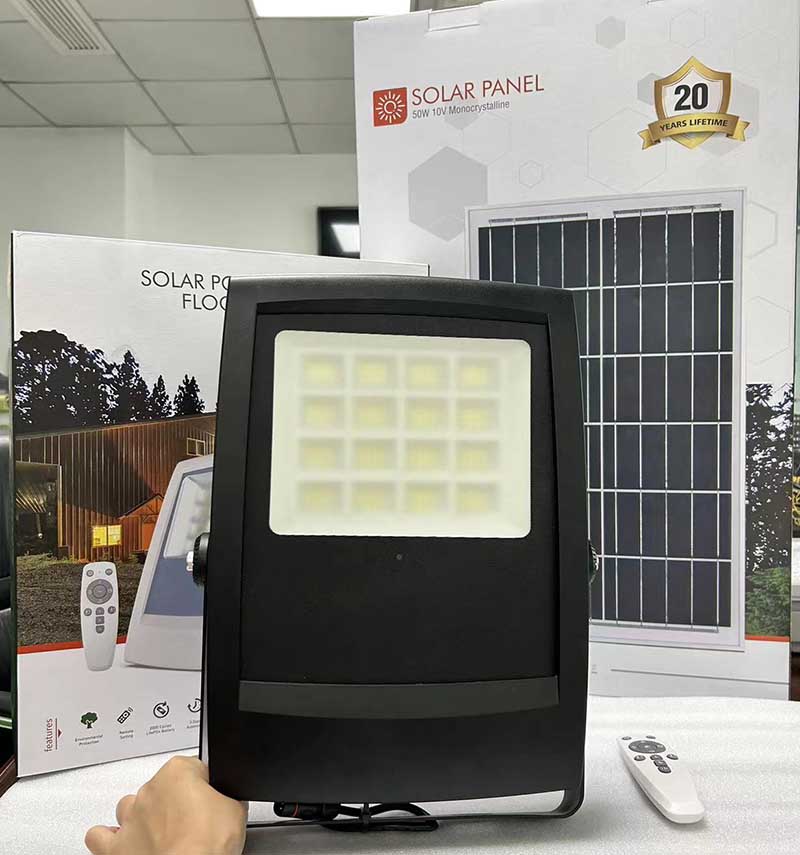
Alimentation électriquePour les parcs isolés (loin du réseau électrique), utilisez des éclairages solaires (par exemple, des lampadaires solaires, des projecteurs solaires) pour éviter un câblage coûteux. Pour les zones centralisées, utilisez l'alimentation secteur avec des câbles enterrés (pour éviter les risques de trébuchement).
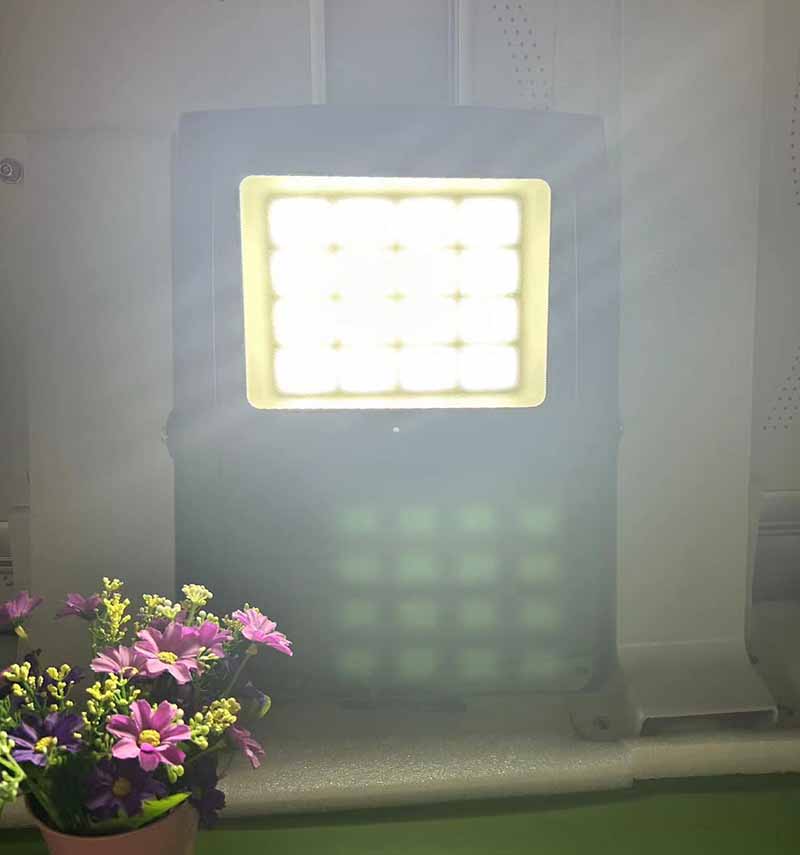
DurabilitéChoisissez des luminaires avec des matériaux résistants aux intempéries (par exemple, des coques en alliage d’aluminium, du verre trempé) et un indice de protection ≥ IP65 pour résister à la pluie, au vent ou aux températures élevées.
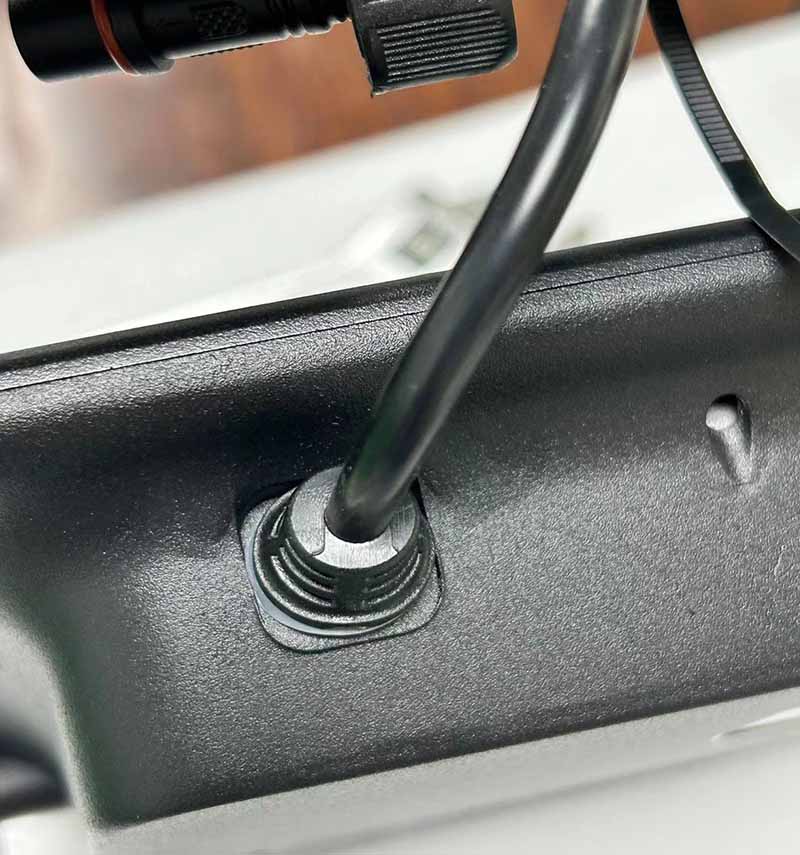
Entretien facileChoisissez des luminaires modulaires (pièces faciles à remplacer comme les ampoules ou les piles) et évitez les conceptions trop complexes (par exemple, les lumières à haute altitude difficiles d'accès) qui augmentent la difficulté d'entretien.
5 : Testez et ajustez en fonction des conditions sur site
Avant de finaliser le schéma, effectuez un test à petite échelle pour éviter les erreurs.
- Utilisez un éclairage temporaire pour simuler l'effet (par exemple, testez l'espacement des lumières du chemin ou les angles des projecteurs de la sculpture) et vérifiez l'éblouissement, les points sombres ou les atmosphères incompatibles.
- Recueillez les commentaires des utilisateurs (par exemple, les résidents, les gestionnaires de parc) et ajustez-les : par exemple, si les utilisateurs âgés se plaignent de la faible luminosité des chemins, augmentez légèrement la luminosité de l'éclairage des chemins.







